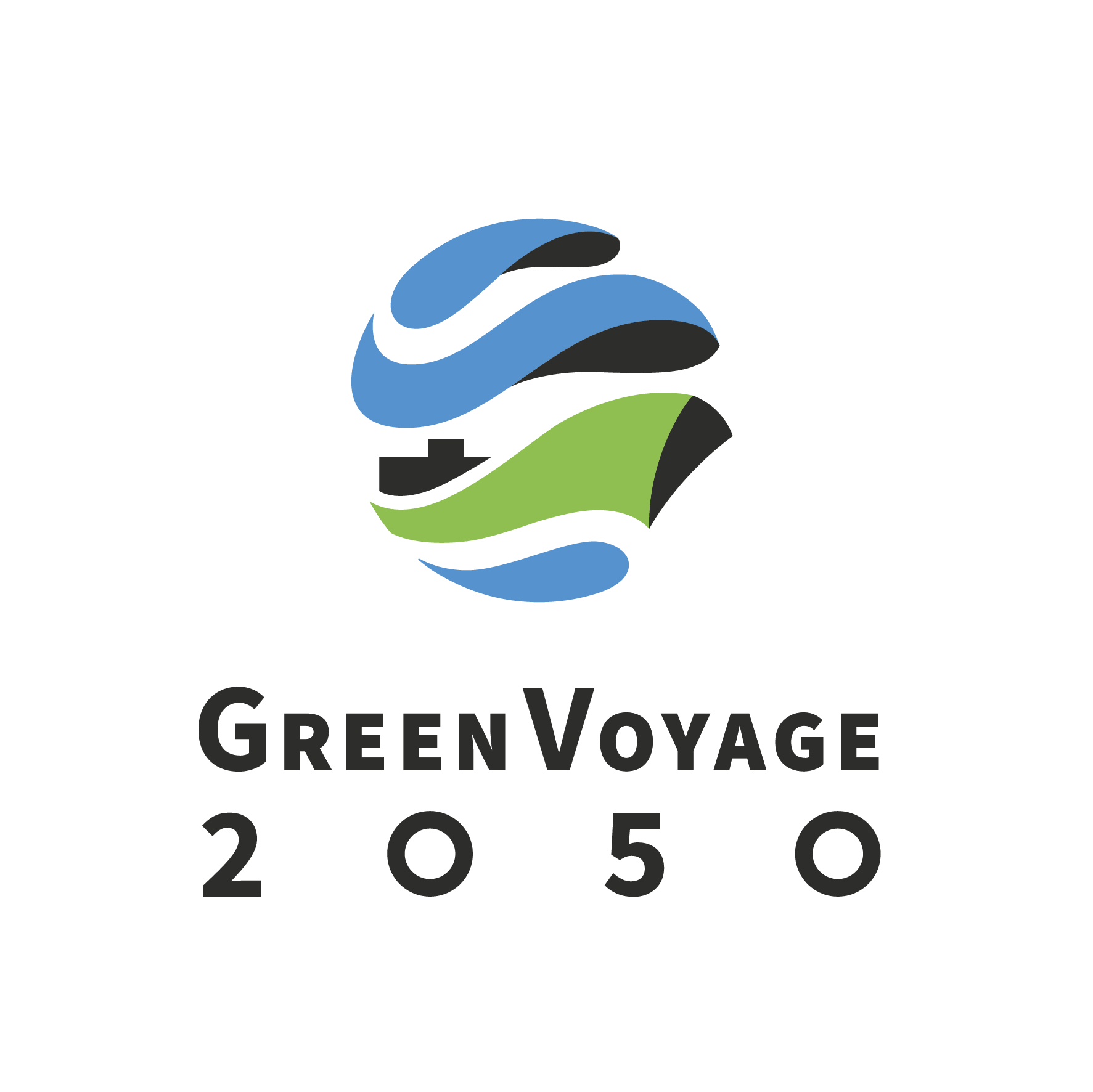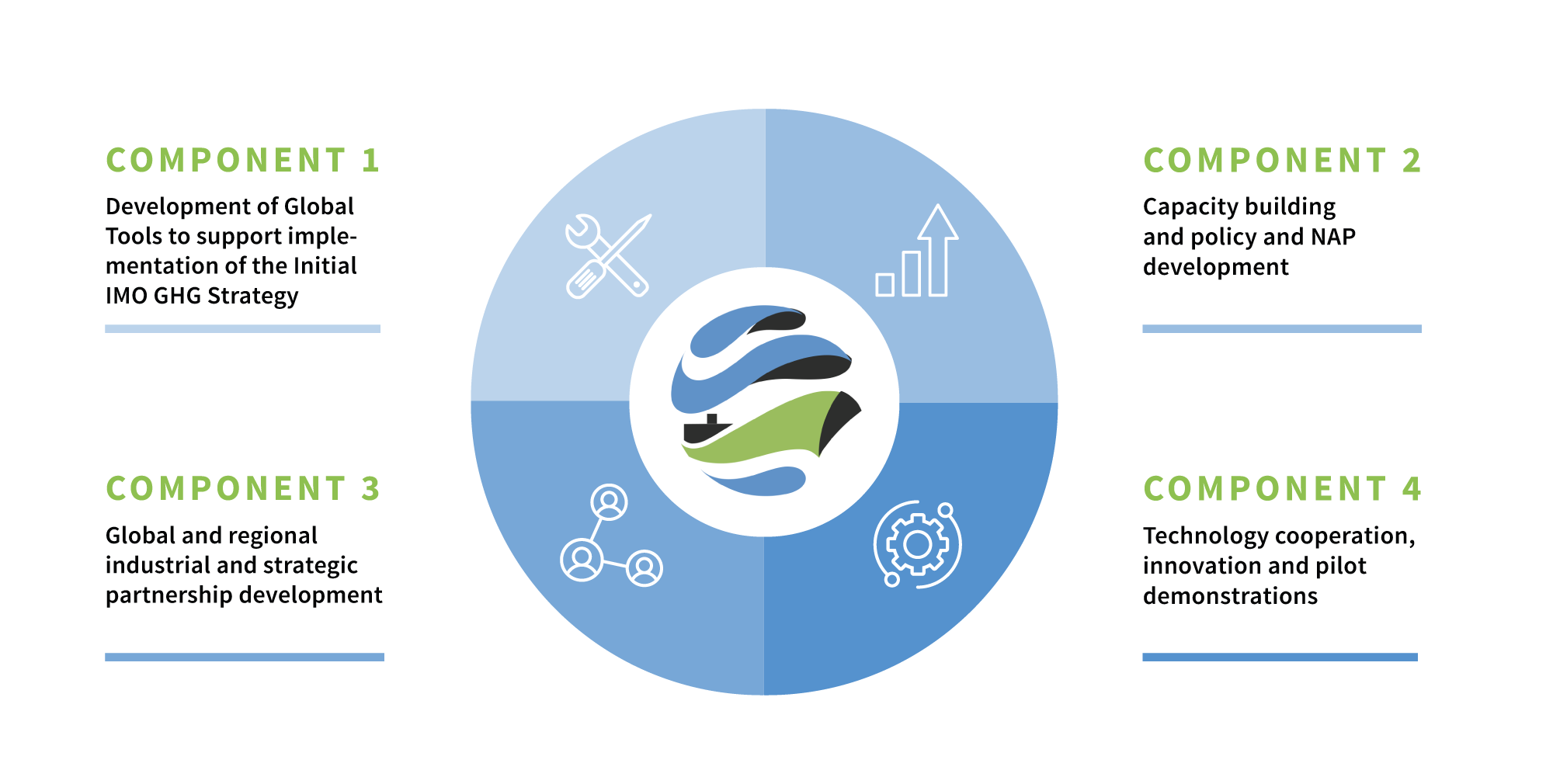GreenVoyage2050

About GreenVoyage2050
GreenVoyage2050 is a global programme supporting developing countries to reduce emissions from ships, in line with the 2023 IMO GHG Strategy.
Phase 1 was launched in May 2019 and ran until December 2023, delivering activities to support the development of legal and policy frameworks for reducing emissions from ships in various partnering countries, and scoping out potential pilot projects, through the GreenVoyage2050 Accelerator, to demonstrate energy efficiency technologies and undertaking feasibility studies for their implementation.
Phase 2 began in January 2024, running until December 2030, building upon the foundation laid by Phase 1, and plans to scale up implementation of activities, with a focus on delivering pilot projects and technology demonstrations, and the establishment of a financial mechanism to support developing countries to access financing for technology uptake.

FAQs
How can I participate in GreenVoyage2050?
Countries who wish to receive support from GreenVoyage2050 can apply to participate at various stages throughout the year, depending on the nature of support required (e.g. feasibility for pilot project demonstrations, NAP development, implementation of legislation support etc.).
GreenVoyage2050 will issue Open Calls for participation on the GreenVoyage2050 website, social media, and via Circular Letter to IMO Member States. Please check the GreenVoyage2050 website for the latest information.
How is GreenVoyage2050 funded?
Phase 1 was funded exclusively by the Government of Norway.
Phase 2 is funded by the Government of Norway, Denmark, Finland, France, Germany and the Netherlands.
Additional donors are always welcome! Please reach out to the Project Team for more information.
How does GreenVoyage2050 differ from other IMO GHG initiatives?
GreenVoyage2050 serves as IMO's flagship GHG programme which operates on a global level, and provides support to its partnering countries in many different areas related to maritime GHG emissions. GreenVoyage2050 is part of a much wider portfolio of GHG initiatives at IMO, which are all working to support developing countries in the implementation of the IMO GHG Strategy. Some initiatives are focussed on specific regions or subset of developing countries, some on specific areas such as NAP development or green corridors, while others differ in the modality of approach. These initiatives serve to complement each other, while offering effective support to ensure that no country is left behind, and that support and assistance will be accessible to all.
How does GreenVoyage2050 align with the UN Sustainable Development Goals?
The work of GreenVoyage2050 supports the following UN SDGS:

Where can I find more information about GreenVoyage2050?
For more information about GreenVoyage2050 visit: https://greenvoyage2050.imo.org/.
Follow us on LinkedIn to stay updated.